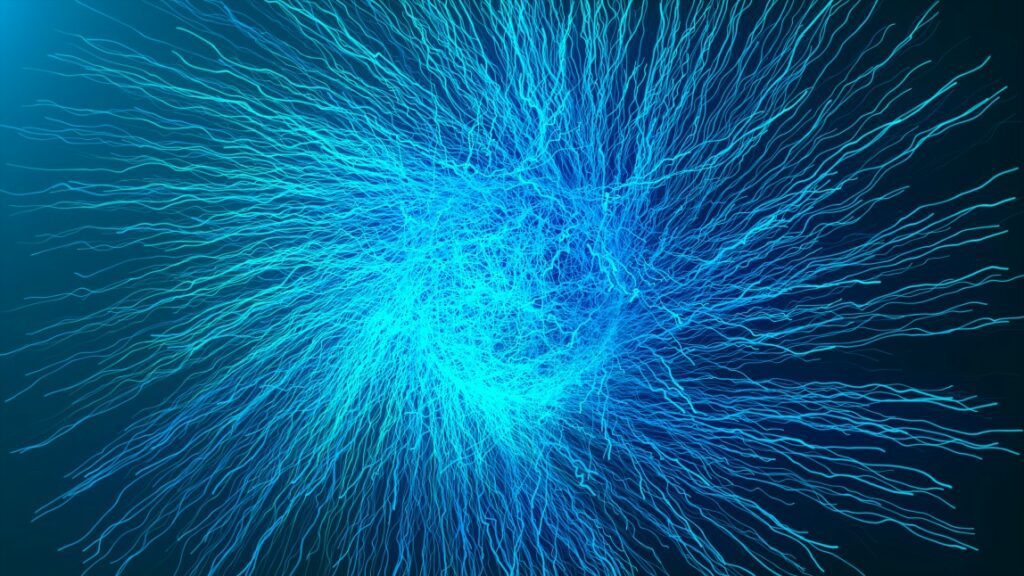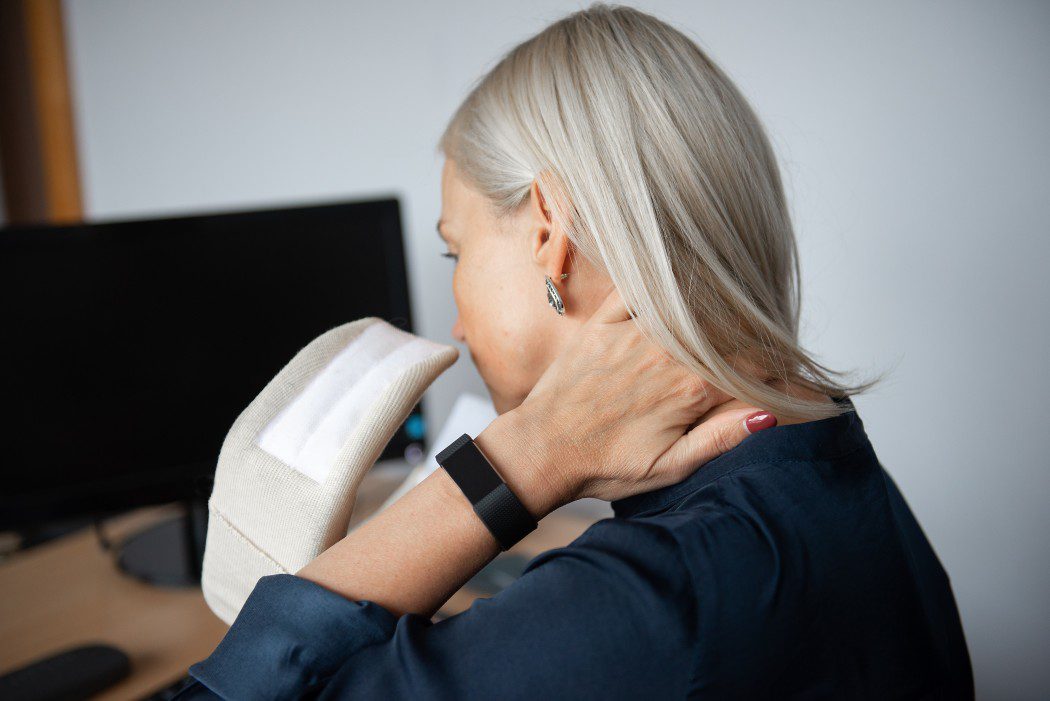Neuromodulation
In Phoenix Arizona
Overview
Targeted electrical currents or drug infusions into the central nervous system are used as neuromodulation therapies. Neuromodulation is growing in popularity and is non-invasive, minimally invasive, and uses surgical electrical therapies.
Spinal cord stimulation and Dorsal root ganglion are some of the common neuromodulation treatments.

Benefits of Using
Neuromodulation For Pain
Neuromodulation Improve Patients Lives
Minimally Invasive
Great Alternative to Oral Opiate Medications
Cost-Effective For Chronic Pain
Process
Types
Conditions
Risks
How Neuromodulation Works
Neuromodulation is a novel therapeutic approach that has been demonstrated to be effective in alleviating a variety of neurological and psychological conditions. This strategy exploits certain nerve cells in the brain to modify their functioning, thereby decreasing signs and enhancing performance.
By employing a controlled neuromodulator to the nerves, neuromodulation treatment is a non-invasive method that targets neurons as they travel to the brain to reduce the amount of pain felt by an individual. This technique works by obstructing the transmission of pain signals to the brain and reducing the intensity and duration of the pain.
Additionally, neuromodulation can be effective in improving mental health by augmenting the levels of certain neurotransmitters in the brain, such as serotonin and dopamine, and treating various mental health conditions, for instance, anxiety, depression, and obsessive-compulsive disorder. If you are considering this treatment, it is essential to consult with your doctor.
What Are Some Examples of Neuromodulation?
When treating chronic pain, neuromodulation is one of the most effective treatments available today. Spinal Cord Stimulation (SCS) is the most commonly used form of neuromodulation.
This involves the insertion of a thin wire, placed just outside the spinal cord, and attached to a small generator that is also placed under the skin. The generator carries frequent, low-voltage electric impulses to the spine, which act on the pain signals as they make their way to the brain.
In addition to SCS, there are other treatments available that neurosurgeons administer to surgeons who specialize in surgeries on the nervous system. These include spinal drug delivery systems, brain stimulation, deep brain stimulation (DBS), and peripheral nerve stimulation.
- Spinal drug delivery systems
This form of neuromodulation delivers drugs directly to the spinal cord, bypassing the digestive system. This can be beneficial for those who don't respond to oral medications. Drugs used in this treatment include opioids, local anesthetics, antidepressants, and muscle relaxants.
- Brain stimulation, including deep brain stimulation (DBS)
DBS is a highly advanced form of neuromodulation. This treatment utilizes electrodes placed in specific brain areas to stimulate neurons and turn off pain signals. This is especially effective for those suffering from movement disorders or chronic pain caused by Parkinson's or multiple sclerosis
- Peripheral nerve stimulation
PNS is the newest form of neuromodulation therapy. This involves the insertion of electrodes near peripheral nerves to stimulate them and reduce pain. This type of treatment is effective for those suffering from chronic pain and is minimally invasive.
What Ailments May Neuromodulation Treat?
Neuromodulation is a treatment that can be used to address a variety of conditions, such as chronic pain, depression, and Parkinson's disease. It is a therapy that works by altering the activity of the nervous system to help reduce symptoms. Additionally, it has been found to be successful in addressing movement diseases like Parkinson's and Tourette's.
It has been used further for treating epilepsy, psychiatric conditions, functional brain rehabilitation, cardiovascular issues, and genitourinary diseases. Moreover, it has minimal undesirable side effects, which offers the opportunity for broader treatment choice
Has Neuromodulation Ever Been Associated With Any Risks?
Potential issues may include bleeding, infection, thrombosis, and medicine-related responses (if an intrathecal pump is utilized). As everyone's nervous systems are unique, there could be different responses to these therapies between patients. Due to this, a test is conducted before a device is permanently put in place.

Chronic Pain

Neck Pain

In order to protect your health, patients are monitored closely for possible addiction, abuse, and diversion. This monitoring may include follow-up office visits, urine drug screening, and the sharing of medical records between your physicians and your pharmacies.
Atlas Pain Specialists reserves the right to determine if we will take over the prescribing of controlled substances from other providers on a case by case basis.
Patients should not expect to receive a prescription for a controlled substance at your first visit.
Ask us anything, or
schedule a same day
appointment.
